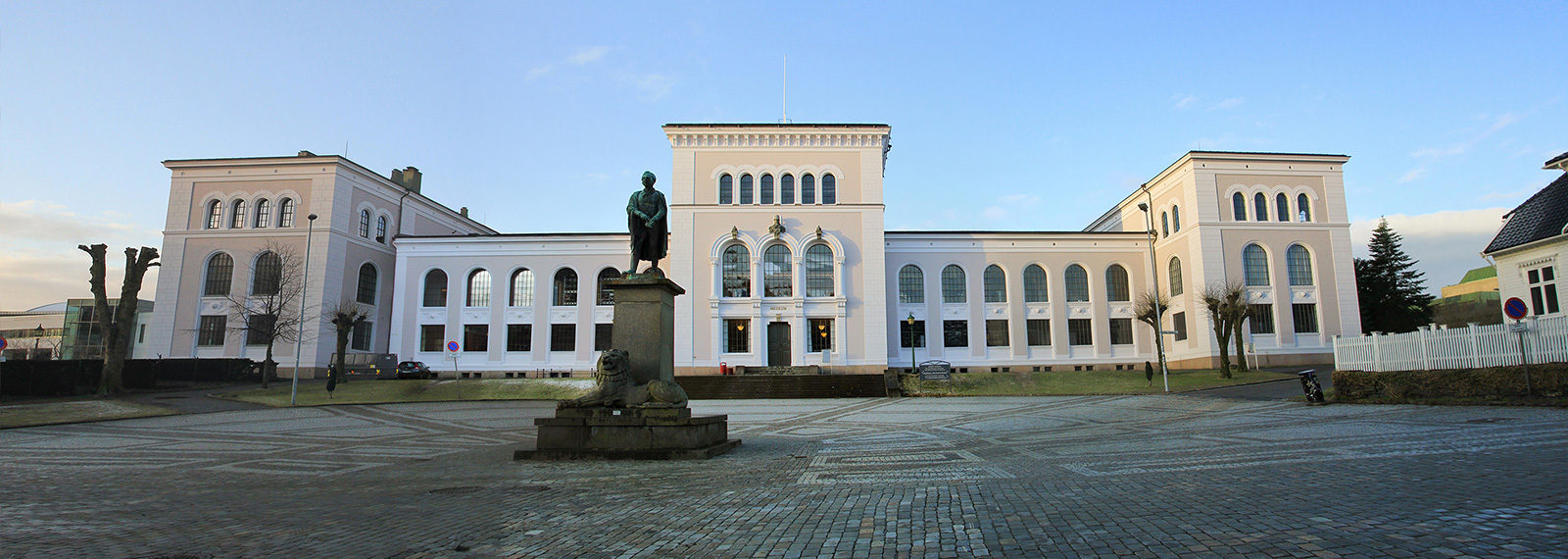Reflections for European research policies: outcomes of the Estonian Presidency of the Council of the EU
21 December 2017
by Taivo Raud
Head of Research Policy Department, Estonian Ministry of Education and Research and as of the 1st of January 2018, Head of the Research Department of the University of Tartu
Estonia assumed the Presidency of the Council of the EU for the first time in history in the second half of 2017. For the Presidency, we had two priorities in the field of research and innovation – first was building the stronger case for increased investments in R&I, and the second to start the discussion on how to rationalize the EU research funding landscape.
On the 1st of December EU research ministers adopted Council Conclusions on the interim evaluation of Horizon 2020 and with key messages for the next research and innovation Framework Programme (FP9). These conclusions confirm the crucial importance of research and innovation in ensuring economic growth and tackling societal challenges, and call for increased investments across Europe. Ministers underlined that cooperation, excellence, impact and openness are the fundamental principles of the FP9 to deliver on its strategic objectives.
PROVIDING A RATIONALE FOR INVESTING IN R&I
The EU expenditure on R&D has grown marginally over recent years, representing 2.03% in 2016 and the EU remains at a considerable distance from its headline target of investing 3% of GDP per year in R&D. Almost 90% of public R&D investments are done at national level and 10% at EU level. This is why during our Presidency we focused not only on the EU budget, but also on national efforts to increase R&D investments. In the context of the debates on the future of the EU and national budgets, we need to be better at arguing for why we need to invest in R&D more than we have so far, as there is plenty of evidence that R&D has high positive impact on the economy and society.
The Estonian Presidency conference, titled ‘European Research Excellence – Impact and Value for Society’, demonstrated the value of top-level research as one of the main engines of growth to create jobs, educate professionals and provide solutions for global issues. At the conference The Tallinn Call for Action was launched outlining the roles of politicians, funders, researchers and the media in strengthening societal impact of R&D, increasing investment in research and building trust between research and society.
The EU research ministers emphasised in the Council Conclusions the necessity to prioritise research and innovation across all relevant EU policies and programmes, including significant funds for the next EU R&D&I Framework Programme (FP9), without prejudice to the next MFF [Multiannual Financial Framework]. Complying with the ambitious priorities requires also member states to increase their R&D investments at national level.
RATIONALIZING THE EU R&I FUNDING LANDSCAPE
R&I partnerships (1) are an important element of EU R&I policy, establishing long-term cooperation and joint vision in addressing common challenges, and leveraging private and public investments. However, the European R&I funding landscape has become too complex, also due to the increasing number of R&I partnership instruments and initiatives in the FP, which represent already 25% of the total Horizon 2020 budget. In a situation where we argue that Horizon 2020 suffers from underfunding, and needs more funding, we need to be more strategic in how we select new partnerships and take new commitments.
The goal of our Presidency was to lead the discussion on how to create a strategic approach to EU R&I partnerships to ensure increased coherence with priorities and openness to newcomers. EU research ministers agreed that R&I partnerships in the FP should be implemented based on the principles of EU added value, transparency, openness, impact, leverage effect, long-term financial commitment of all the involved parties, flexibility, coherence and complementarity with EU, national and regional initiatives. Now work continues on how to translate these principles into criteria for selecting, implementing and phasing out EU R&I partnerships.
Based on the discussions we have had during the Estonian Presidency, we can expect that intense and passionate debates on the future of FP9 continue over the up-coming years. We wish the best of luck for the incoming Bulgarian and Austrian Presidencies.
(1) Including P2P-s, PPP-s, EIT-KICs, FET Flagships.


